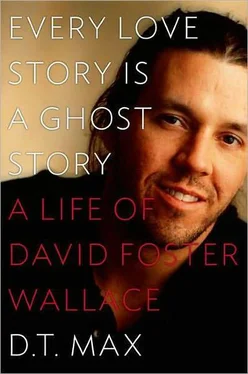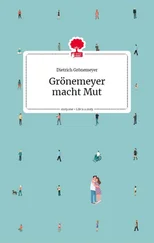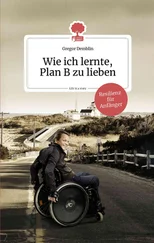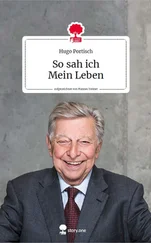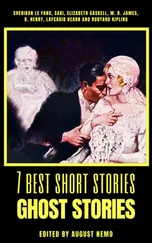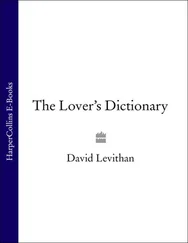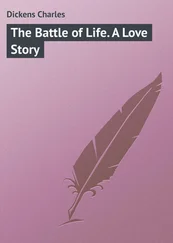What the teachers at Arizona did like was the well-made realist short story. The well-made story was teachable, annotatable, and suitable for differing levels of talent. The professors were themselves mostly trained at the Iowa Writers’ Workshop, where such stories were the orthodoxy. They believed stories should be character-driven; they should have arcs, with moments of crisis ending in epiphanies. Most of all, for a story to succeed the reader had to know who he was reading about and why the events of the story mattered so much to him or her. “Show us what’s at stake for the character,” was a constant request from the faculty, as was, “Why is this person telling us the story?”
Wallace probably did not know much about any of the faculty when he applied to the school. Mary Carter’s welcome letter suggested the opposite of a program bias toward realism. But it did not take long for him to learn that the teachers in Arizona wanted one thing, and he wanted another. He was at a point where he was more interested in experimentation in form and voice than in conventional narratives. He felt he had entertained readers once in Broom ; what else, he wondered now, could he do with them? And once he grasped these were not the questions on the table at Arizona, he may even have enjoyed the consequent head-butting — Lelchuk had shown him that opposition could energize him. He perhaps even baited the teachers to bring it out.
His first-semester workshop was with Jonathan Penner, an Iowa Workshop graduate and a writer principally of well-honed, closely observed realist novels. Penner, then in his forties, had supported Wallace’s application for admission, thrilled by his submission of a chapter from Broom in which two Amherst fraternity pledges barge into Lenore’s sister’s dorm room and try and get her and her roommate to sign their rear ends. A flashback to 1981, it does not sound like anything else in the book. Someone familiar with only these pages might have thought Wallace had written a ribald tour de force, in the bravura style of early Roth or an update on Terry Southern — maybe even something by Lelchuk. 10When Penner began reading Wallace’s new efforts in class he was surprised to find that a very different writer had apparently come to Tucson. The comic energy and verbal dexterity had been replaced by something experimental, self-referential, and deliberately graceless. Wallace was beginning to play around with the props of narrative, rearranging them to see what might catch his attention. He was also going through the various tools in the postmodern tool kit, trying each one out. Part of his goal was to erect a wall between his writing and the pleasure it could give. A passage at the beginning of the first story Wallace submitted, “Here and There,” is a parody of minimalist openings: “I kiss her bitter photo. It’s cloudy from kisses. I know the outline of my mouth from her image. She continues to teach me without knowing.”
The story goes on in the same arch vein. Bruce, a Wallace stand-in, is reeling after his girlfriend, a Susie Perkins — like nurse/lover figure—“a certain cool, tight, waistless, etcetera. Indiana University graduate student”—has ended their relationship. In an exaggerated variant on the typical college breakup story, he reflects on what went wrong as he flees toward elderly relatives in the mythic Maine town of Prosopopoeia (literally, “mask-making,” but also a literary trope for the voice of an absent speaker). 11The ex-lovers and their therapist converse in the space the rhythms of the highway open in Bruce’s brain, the story told as a flashback, a memory dance in three voices.
Part of what ended the lovers’ relationship — we learn — was Bruce’s desire to be “the first really great poet of technology.” To which the therapist (who seems to have something of Lelchuk or Penner in him) chimes in:
Bruce[,] here I feel compelled to remind you that fiction therapy in order to be at all effective must locate itself and operate in a strenuously yes some might even say harshly limited defined structured space. It must be confronted as text which is to say fiction which is to say project.
Bruce, unrepentant, answers, “This kind of fiction doesn’t interest me,” and lays out his manifesto for a different sort of writing (and a new sort of relationship):
No more uni-object concepts, contemplations, arm clover breath, heaving bosoms, histories as symbol, colossi; no more man, fist to brow or palm to décolletage, understood in terms of a thumping, thudding, heated Nature, itself conceived as colored, shaped, invested with odor, lending meaning in virtue of qualities. No more qualities. No more metaphors. Gödel numbers, context-free grammars, finite automata, correlation functions and spectra. Not sensuously here, but causally, efficaciously here. Here in the most intimate way…. I admit to seeing myself as an aesthetician of the cold, the new, the right, the truly and spotlessly here .
As the miles roll by, Bruce struggles to hold on to his vision of a fiction whose “meaning will be clean” between the harangues of his ex and his writing teacher. The story finishes in a more traditional mode, when Bruce tries to rewire his relatives’ broken stove, only to discover that, despite his degree in engineering from MIT, he has no idea how the device works. But at this point the reader suspects another parody, a subversion of the MFA-perfect trope of the stove as symbol of hearth and family, of the tidy ending.
When Wallace presented “Here and There” for comment in Penner’s workshop, the students were impressed. They were struggling to fit themselves within the boundaries of the well-made story; he was struggling to get out of them. But Penner considered the story “talky, slow and boring.” 12Wallace next presented “Love,” a story within a story from Broom , about a conversation between characters named Donald and Evelyn Slotnik and their neighbor Fieldbinder about another neighbor who may have been stalking the Slotniks’ son. The third story was “Solomon Silverfish,” the tale of a lawyer whose wife is dying of cancer. For most of its nearly thirty pages, the story adheres closely — even mockingly — to the rules of narrative. Points of view alternate obediently among the characters; each one speaks in an identifiable voice: “Sophie is Solomon’s life and vice-versa, Mrs. Solomon thinks, Thirty-two years of such luck and happiness she did not even know how to begin thanking God on her knees.” But the last scene erupts into a Malamud-like moment of magic, a rapturous lovemaking in a cemetery as witnessed by Too Pretty, a pimp, high on heroin, who happens to drive by:
I be sittin up straight in my ride, and she be doin my man standin up, they be doin each other like children, too clean, too happy, my mans ass on marble, and theres no noise I can hear but my breathin and…this high thin whine of the burnin gate and the stones that be flashin a fire of they own light in the sun.
“There’s a fine and moving story here, David,” Penner wrote his student in response. “It’s about half this long.” 13A conservative Jew himself, Penner found Wallace’s idea of Jews as targets of comedy “mildly offensive” and remembers wondering why Wallace kept submitting stories about people of his own religion to him. Other students assumed it was Wallace’s attempt to get under the skin of a professor who was not giving him the praise he expected. If so, it may have worked. Penner saw the talent that Wallace possessed and felt he was misusing it. At one point, he took Wallace aside and told him that if he continued to write the way he was writing “we’d hate to lose you.” 14
Penner thought he was giving Wallace just the sort of help he had come to Arizona for, but Wallace was flabbergasted and furious, and also excited. As often when goaded, he fought back with humor. He liked to sit around with friends, imitating Penner’s mannerisms; the hemorrhoid pillow the teacher brought to class was fair game. He joined Penner’s Sunday basketball games. Wallace no longer threw a timid hook shot. He enjoyed battling his professor in the pebbleless paint. (Penner was famous for scrupulously sweeping the court before a game.)
Читать дальше
